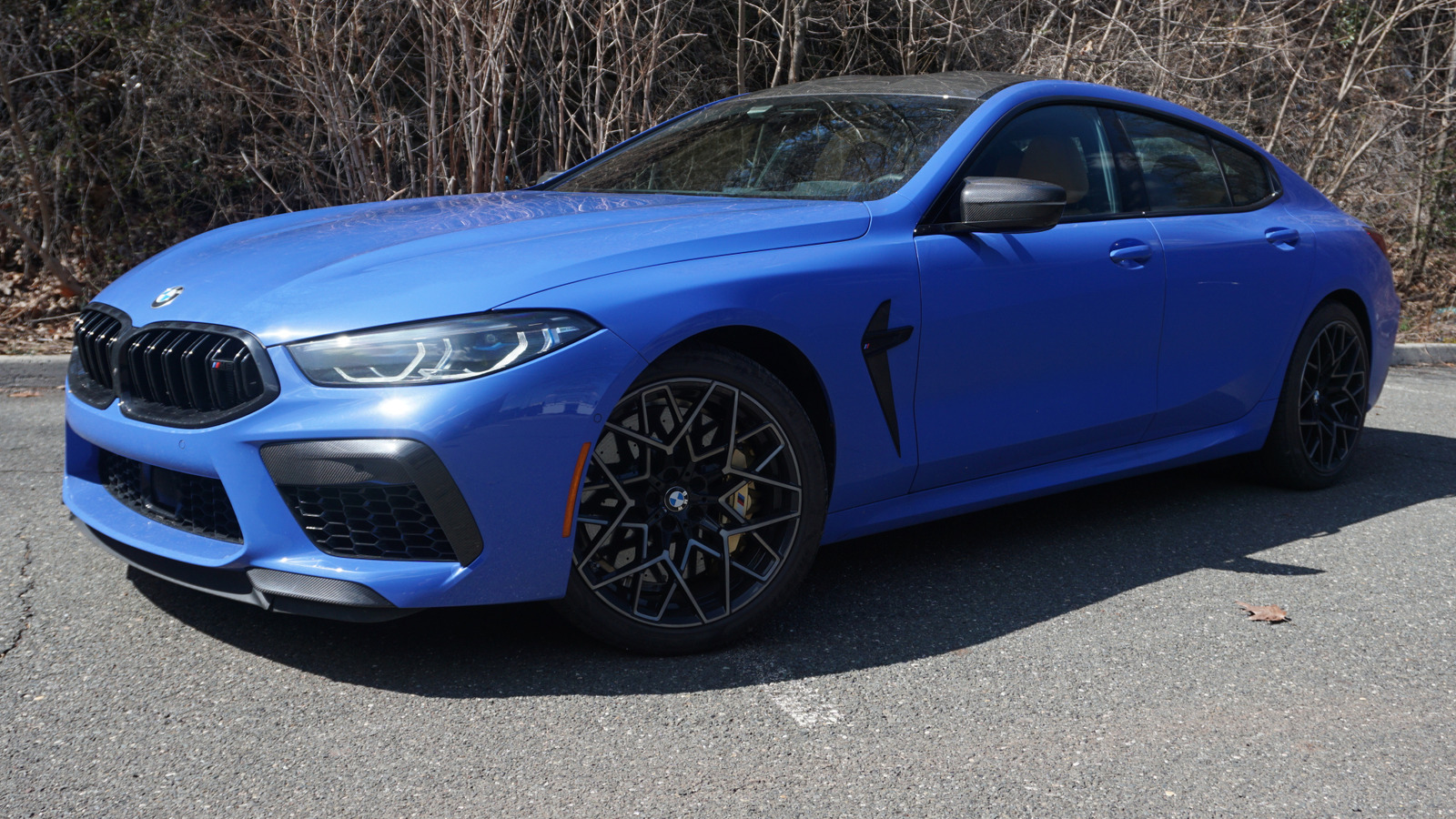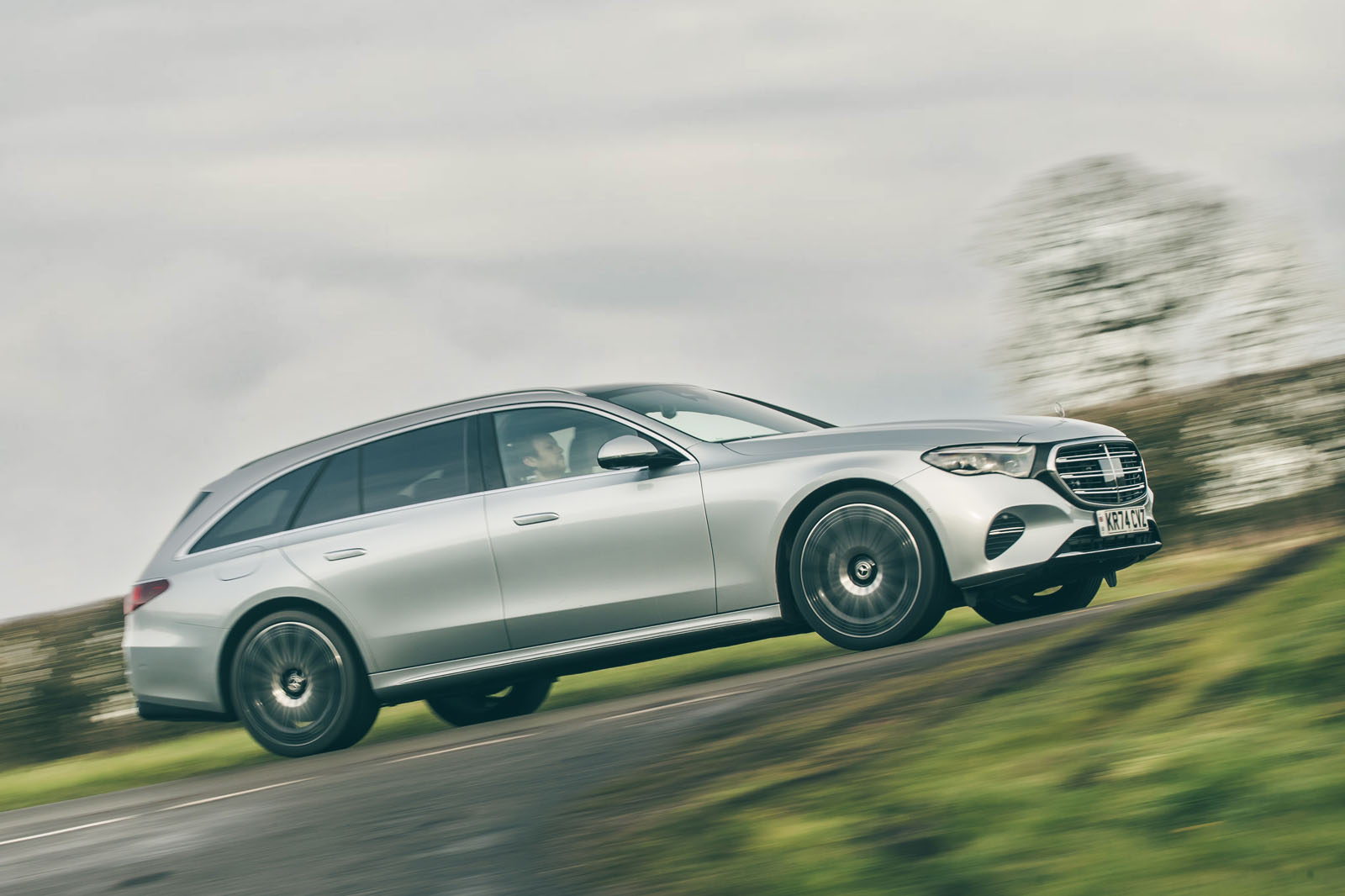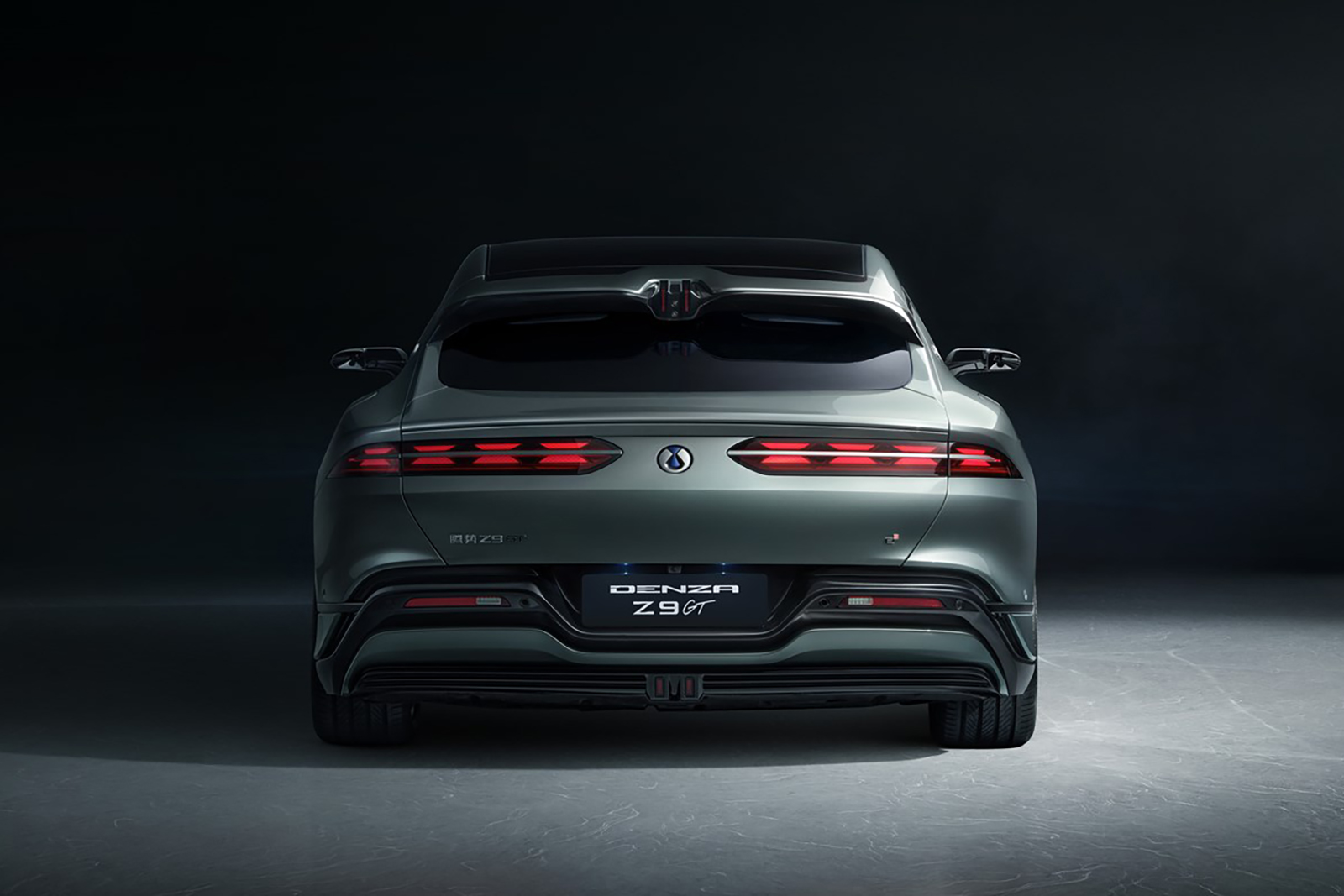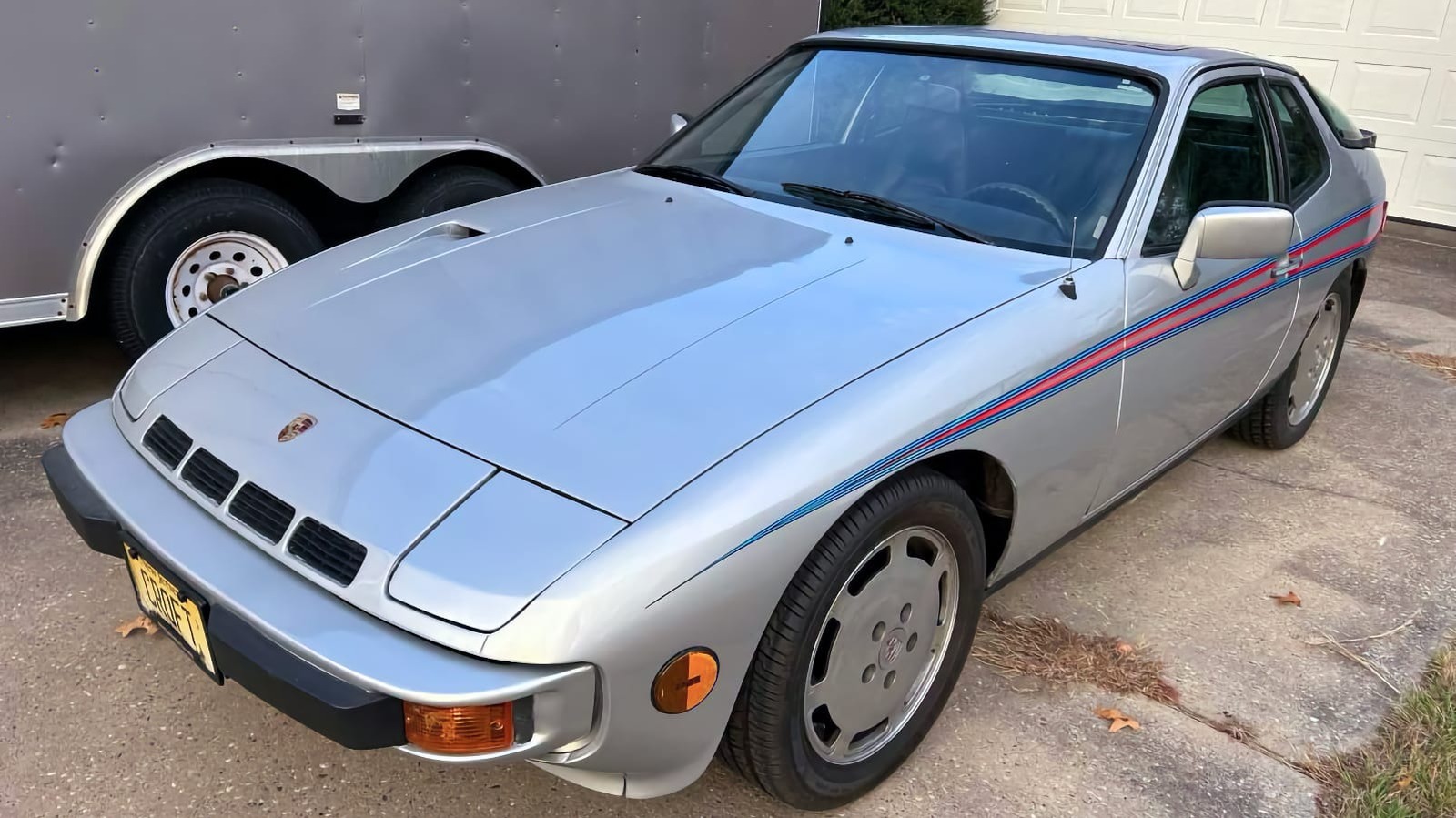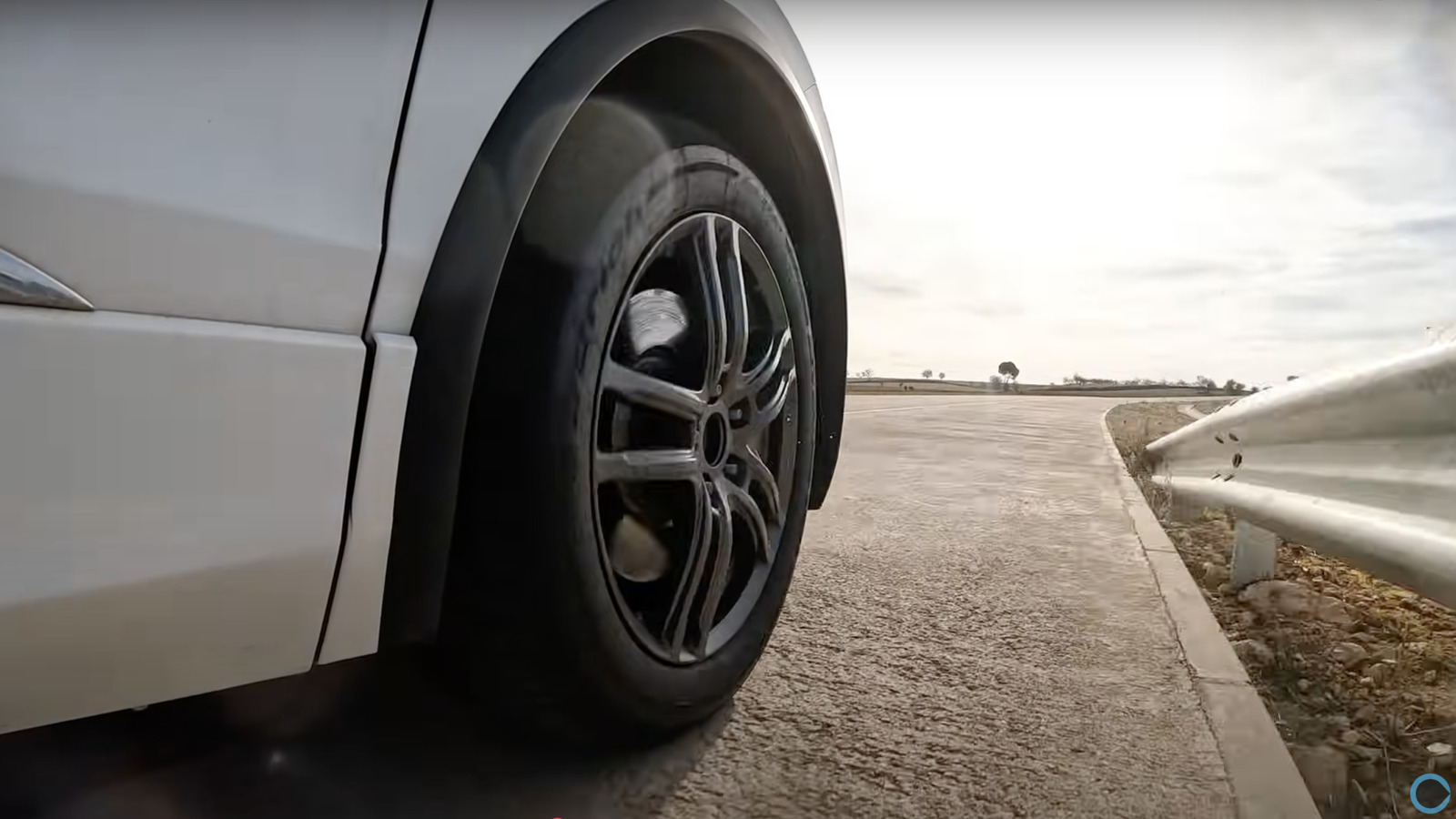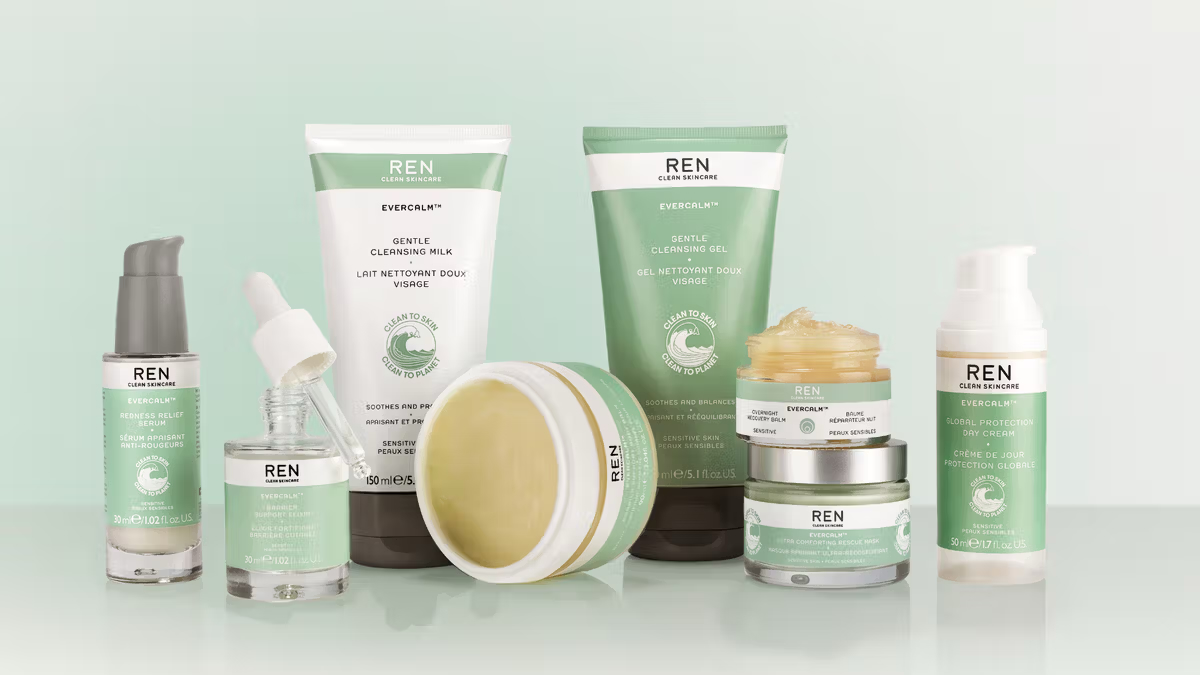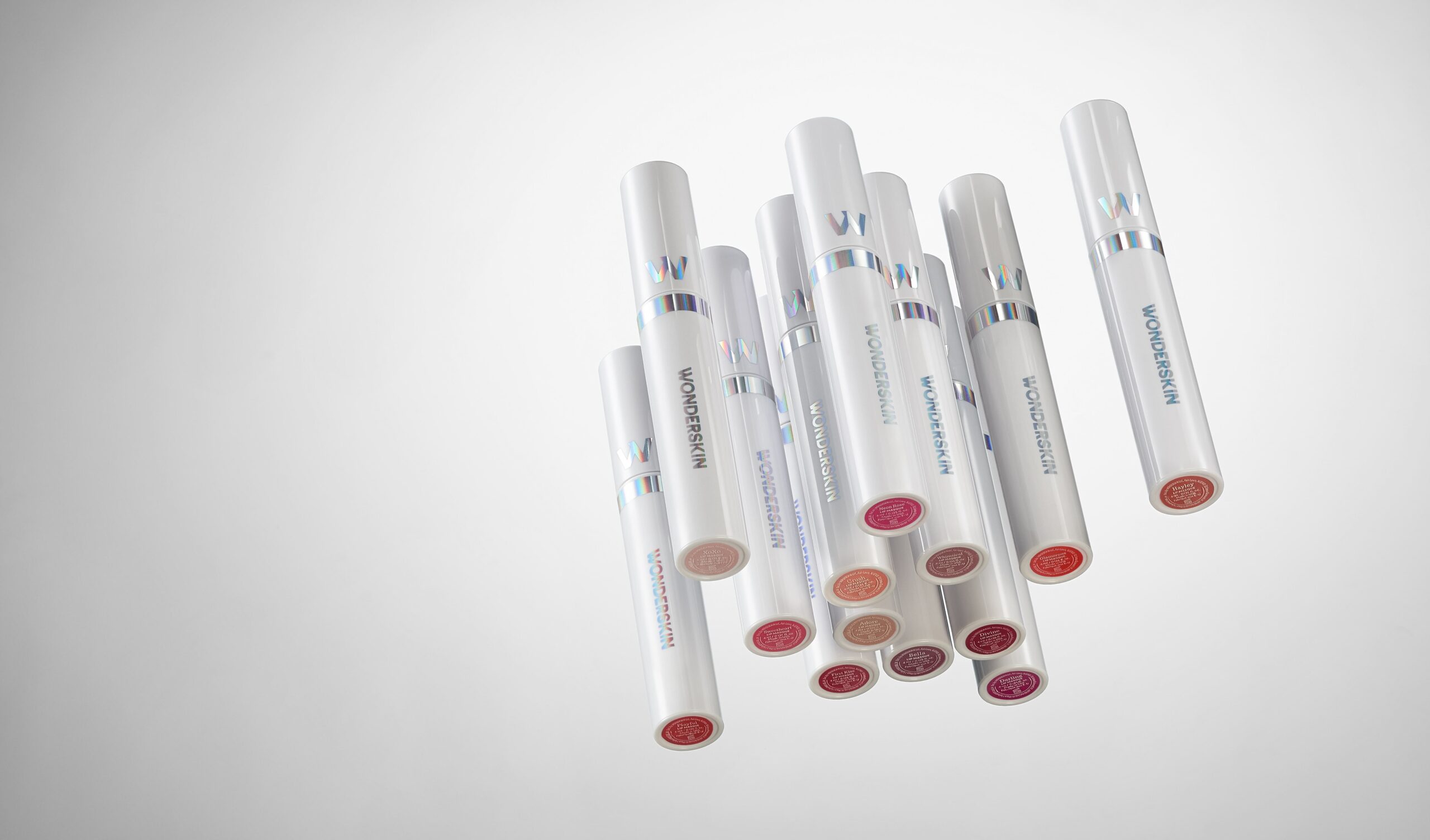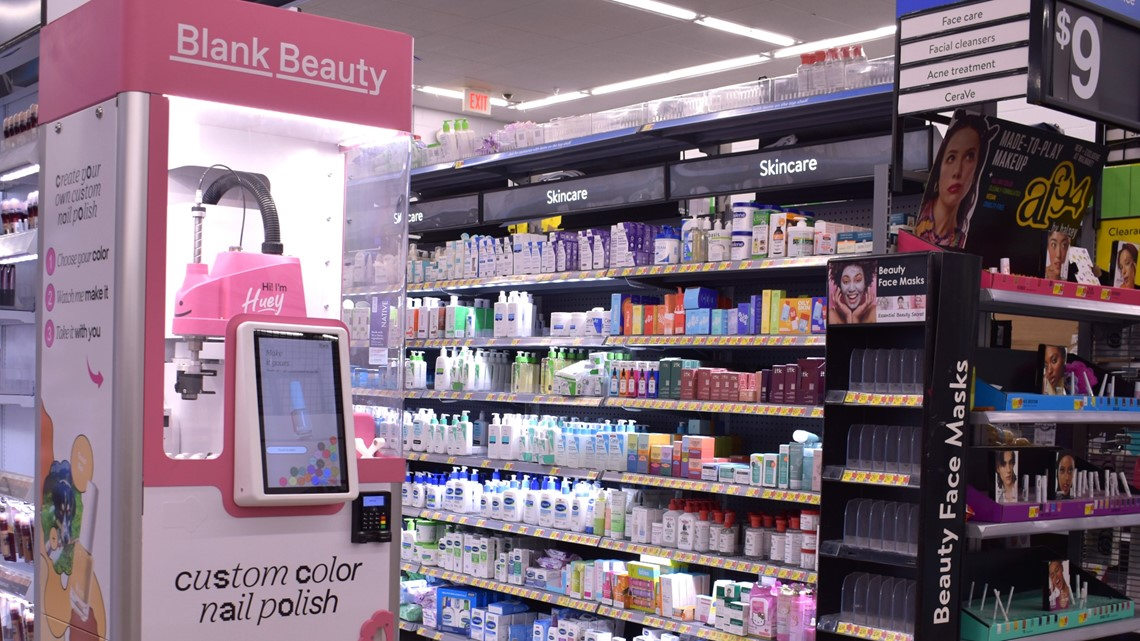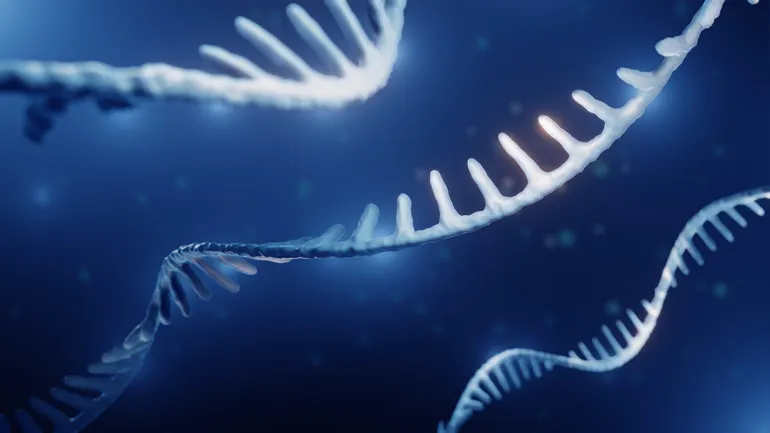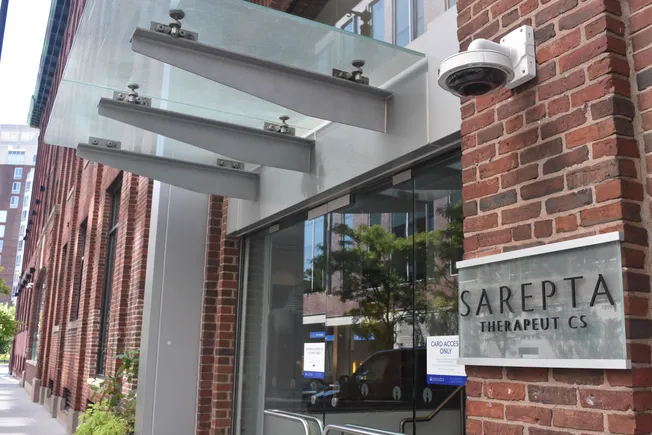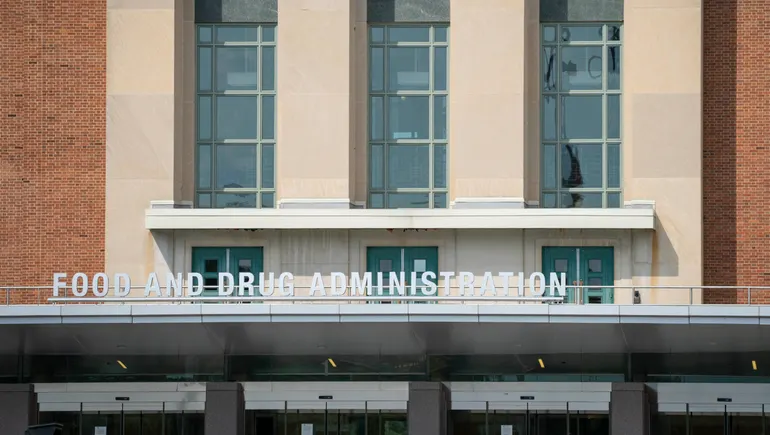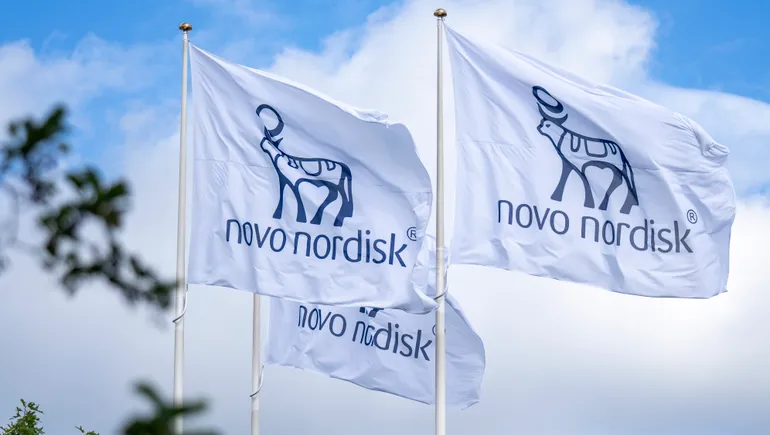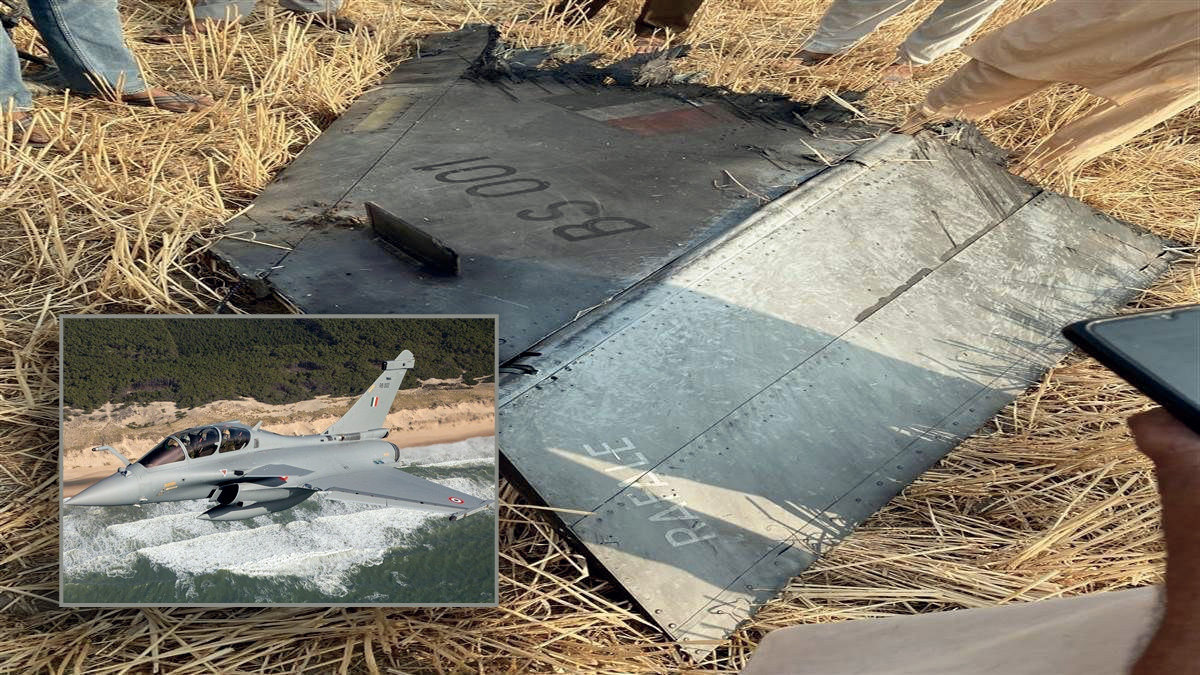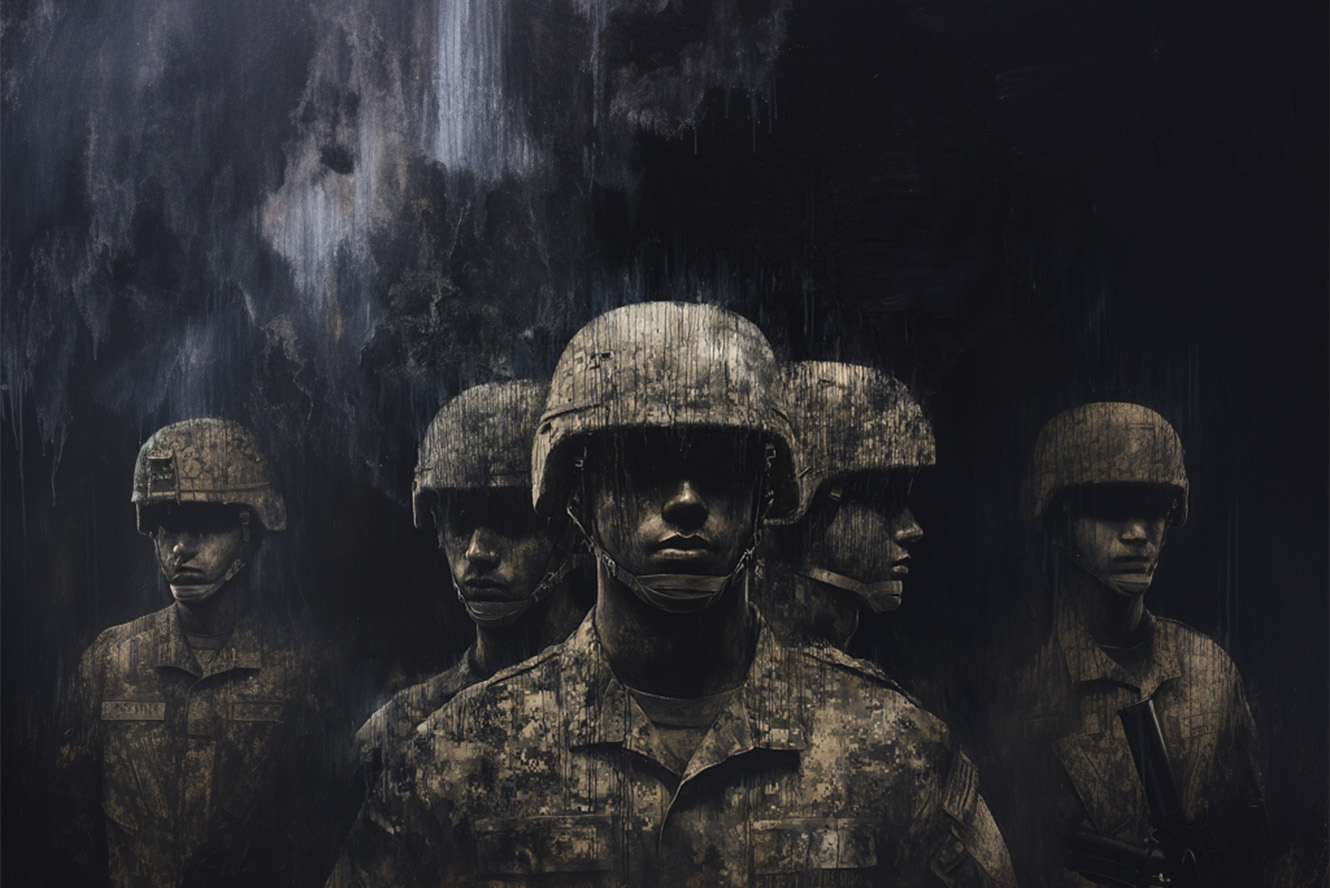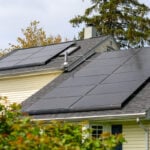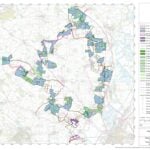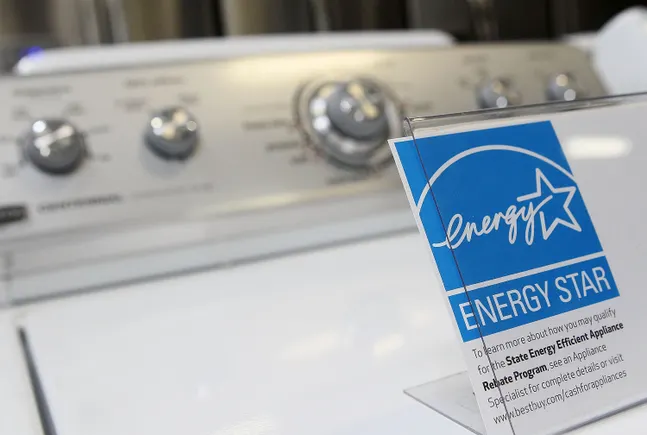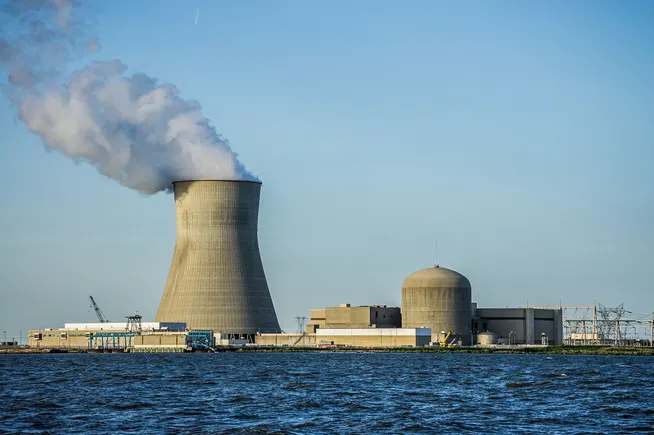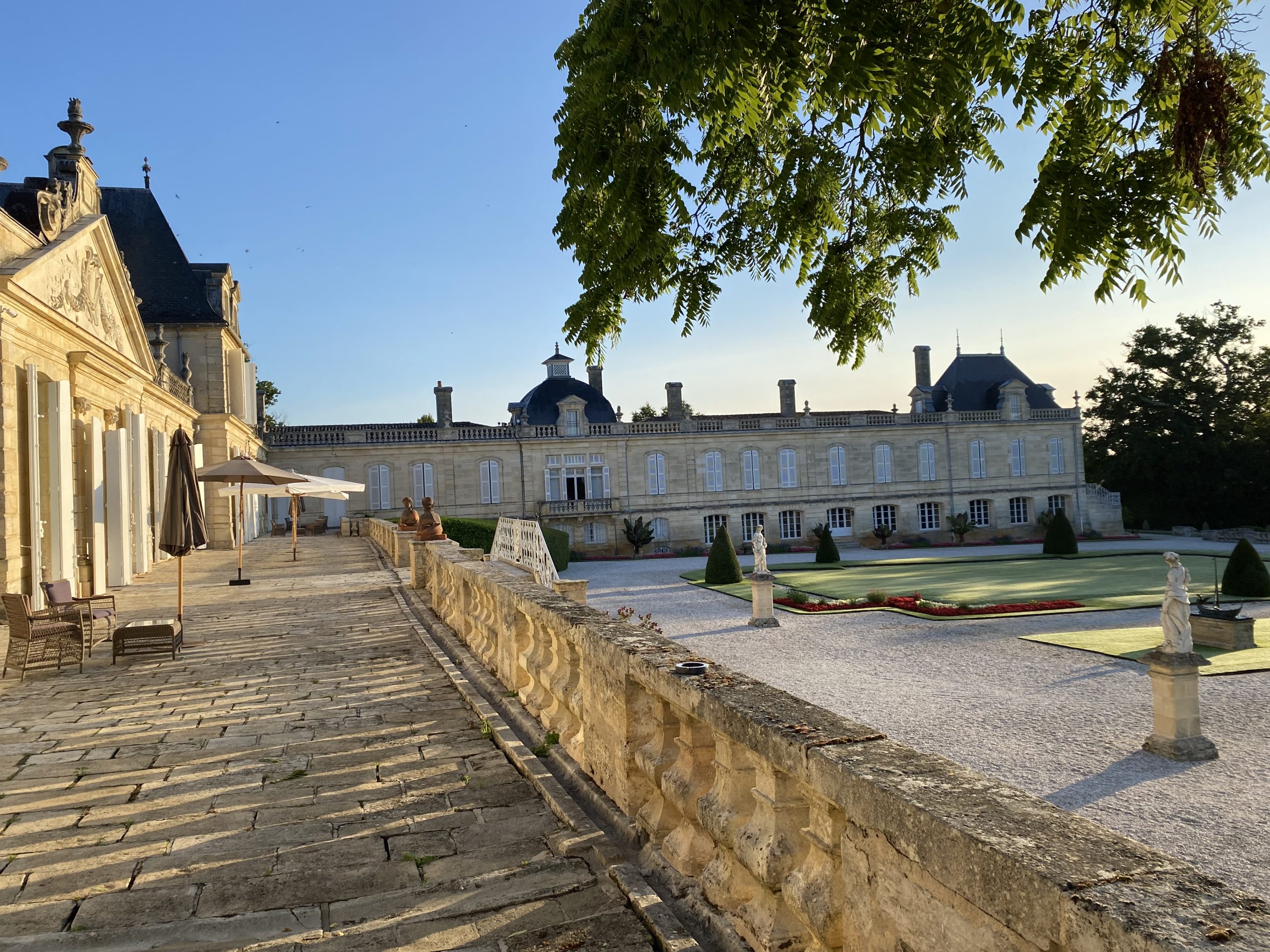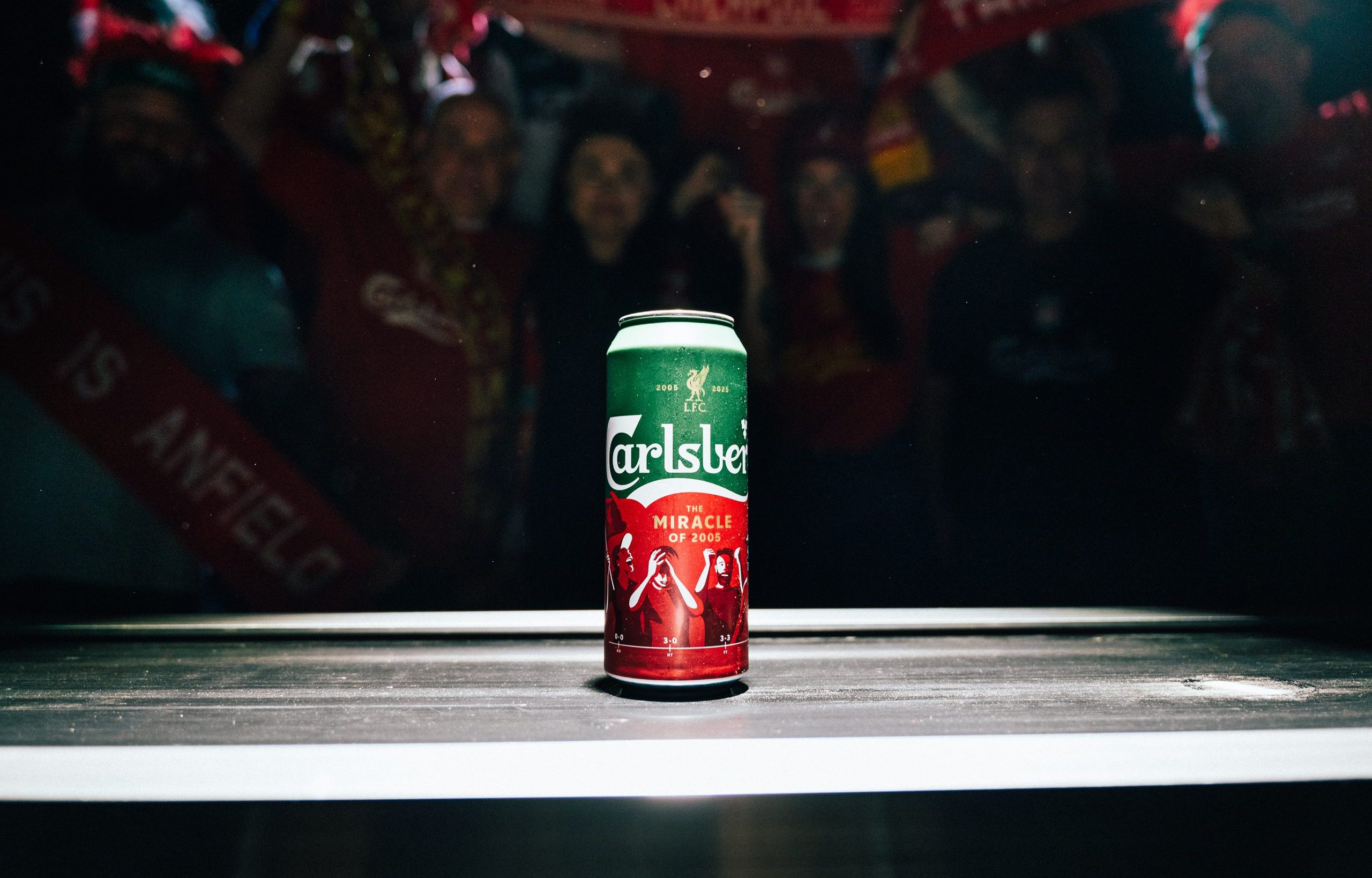In theory, the 2024 vintage in Sauternes and Barsac had all the potential hallmarks of excellence: an intense noble rot character, aromatic complexity and a signature freshness and vivacity, but what did it taste like? db's Bordeaux correspondent Colin Hay provides his tasting notes.
A note on the ratings
Alongside the published tasting notes is an indicative rating for each wine and although both comments and ratings are subjective, I would urge you to look at the two together and, if anything, to privilege the comment over the rating. My aim is more to describe the wine in the context of the vintage, the appellation and recent vintages of the same and similar wines, rather than to judge the wine per se.
The ratings reflect my subjective evaluations and relative preferences between wines and obviously your palate is likely to differ from mine. But I hope my comments give you at least enough information to be able to recalibrate my ratings and, in so doing, to align them more closely to your own palate.
Like both of its predecessors, 2024 was far from a homogeneous vintage – and as a result, my ratings span a considerable range. As I see little interest, either for the consumer or the producer, in publishing very low scores, I have decided not to publish scores for classed growths (or equivalent wines) that I have rated below 90 (or 89-91 as a range) and for crus bourgeois (or their equivalents) rated below 88 (or 87-89). Where no rating is published, the wine would have scored below these thresholds.
Finally,
élevage is likely to be very important in determining the quality in bottle of these wines. I am no soothsayer and cannot predict how that will turn out (another reason for the use of banded ratings). But all
en primeur ratings should be treated with caution and taken with a certain pinch of salt.
Detailed tasting notes
Château Bastor-Lamontagne (Sauternes; 42% Sauvignon Blanc; 58% Sémillon; a final yield of 13 hl/ha; 13% alcohol; tasted at the UGC press tasting at the Cité du Vin). Pineapple fresh, roasted pineapple and pineapple chunks (a sweet from my childhood that I suspect few of you will remember).
Beurre noisette, lime and lime confit,
crème brulée, ginger and preserved ginger. This is rather gloopy in texture and somehow the residual sugar and the freshness seem not entirely in harmony. It needs time to come together.
89-91.
Château Broustet (Barsac; 75% Sémillon; 15% Sauvignon Blanc; 10% Muscadelle; a final yield of just 6 hl/ha; 13% alcohol; tasted at the UGC press tasting at the Cité du Vin). Very honeyed, very viscous, very saline but lacking in fruit complexity – confected peach and preserved peach and the signature confit lime of the vintage, peanut brittle too. A little like Bastor-Lamontagne, this has yet to discover its internal harmony – its sweet spot as you might say. For now it lacks complexity and feels rather heavy as a consequence.
88-90.
Château Cantegril (Barsac; 100% Sémillon, unusually; 13.5% alcohol). This is lovely – and likely, as ever, to represent incredible value. Peanut brittle, apricot and peach flesh, white pear, a little fresh pineapple,
beurre noisette and gladioli (really). Tense and charged with a racy acidity, this is less overtly sweet than most and that brings a fascinating sense of dynamism to the mid-palate with up-currants of fresh citrus cutting the rich and sweetness of the peach and apricot fruits.
91-93.
Château Climens (Barsac). Though a final decision has yet to be taken, for now it seems likely that there will be no
grand vin in this vintage with the small quantity produced likely to be bottled as the second wine. The arrival of the autumn rain at the end of the season was the issue here.
Château Coutet (Sauternes; 98.9% Sémillon; 1% Sauvignon Blanc; 0.1% Muscadelle; 134g/L of residual sugar; 13% alcohol; tasted at the UGC press tasting at the Cité du Vin). Pear Belle Hélène, butterscotch, wild floral honey and a hint of lemon thyme. On the palate, confit lemon and lemon meringue pie, perhaps a hint of confit wild strawberry. This is distinctive and I’m not sure I’d quite pick it as Coutet. And it almost has too much residual sugar for the acidity, though that’s very much a question of taste. I do like the Seville orange marmalade notes that seem to gather towards the finish giving a sense of how this will evolve – that, and the freshly grated ginger.
93-95.
Château Doisy-Daëne (Barsac; 75% Sémillon; 25% Sauvignon Blanc; a final yield of 15 hl/ha; 12.5% alcohol; tasted twice, the second time at the UGC press tasting). Very true to the aromatic signature of Doisy-Daëne that I have in my head, so rather wonderful. This is honeyed gold in a glass. Saffron, wild field floral honey, pollen, Mirabelle, white melon, but all perfectly integrated and holistic making it rather difficult to capture in a string of descriptors. There’s a little fresh ginger and ginger ale – notes I associate more with Doisy-Dubroca in fact (a wine I have yet to taste in this vintage). The palate is gorgeous in its complexity. It’s broad and rich and intensely viscous but there’s a tonne of freshness here – in the form of freshly squeezed lime juice and lime zest trickling vertically downwards like ‘tears’ down the side of a glass. Super-sapid and increasingly saline on the finish and very long as a consequence.
94-96.
Château Doisy-Dubroca (Barsac). Whilst a tiny quantity of this wine has been produced, it was not shown
en primeur.
Not yet tasted.
Château Doisy-Védrines (Barsac; 84% Sémillon; 14% Sauvignon Blanc; 3% Muscadelle; a final yield of 9 hl/ha; 125 g/L of residual sugar; 13.5% alcohol; tasted at the UGC press tasting at the Cité du Vin). Very sticky and, for me, lacking the freshness that brings life to the best of these. Roasted pineapple and
fleur de sel, a little saffron, toasted almonds and frangipane. Honeyed but lacking a little botrytis character, this is not quite what I imagined it would be. I’d like to re-taste, but I find this a little disappointing at this early stage.
91-93.
L'Extravagant de Château Doisy-Daëne (Barsac; 100% Sauvignon Blanc; 13.5% alcohol). It’s always a treat to taste this, and this is amazing. I notice first, and of all things, peanuts, salted peanut brittle and grilled sesame seeds – really! There’s also butterscotch (of course), floral honey (of course), seared and roasted pineapple, pink grapefruit zest, fresh ginger, ginger cordial, and Mandarin orange peel. And now you come to mention it, candyfloss, rosewater, rose Turkish delight and lemon meringue pie … And now we’re back to, you’ve guessed it, peanut butter! The viscosity and sugar levels are off the roof and even by L’Extravagent’s standards this is extravagant and singular. It’s difficult to rate because it’s difficult to compare it with anything else. But let me try.
96-98.
Château de Fargues (Sauternes). Not yet tasted.
Château Guiraud (Sauternes; 60% Sémillon; 40% Sauvignon Blanc; a final yield of 12.6 hl/ha; 124 g/L of residual sugar; 13.5% alcohol; tasted at the UGC press tasting at the Cité du Vin). Nutty and fresher than most aromatically, with some pleasingly floral notes that remind me a little of Sigalas-Rabaud. White flowers, peach and confit peach, peach jam and, again, confit wild strawberries (a note I find in a few of these wines). Butterscotch and
beurre noisette,
caramele au beurre salé. Again, not quite as much freshness as I crave, but there’s definitely more botrytis character in this than many.
92-94.
Château Haut-Bergeron (Sauternes; 80% Sémillon; 20% Sauvignon Blanc). Even fresher aromatically than Liot, tasted alongside. Apricot and white pear flesh, Mirabelle and fresh and confit melon. The botrytis is more subtle, but certainly present, bringing a gentle nuttiness to the aromatics. Ample and generous, with ripples of freshness coming up from below to refresh the mid-palate. Not the concentration of some, but very impressive again from this very reliable property. Brilliantly saline in and through the mid-palate to the finish.
91-93.
Clos Haut-Peyraguey (Sauternes; 80% Sémillon; 20% Sauvignon Blanc; a final yield of 14 hl/ha, around the appellation average; 130 g/L of residual sugar; 13% alcohol; tasted twice, the second time at the UGC press tasting). This was back on form for me in 2023 and it’s strikingly so in 2024. Wisteria (as used to grow on the Château walls, as I recall from my first ever visit before Bernard Magrez’s acquisition back in the day), lanolin (a note I associate more with Lafaurie-Peyraguey next door, but which shows the return to
terroir here for me), candied pineapple and apricot, guava and lime. There’s also a little peanut brittle note and a load of salinity that helps gather the acidity and turn it into sapid freshness. Crucially, it has the freshness from the citrus notes that so many lack. This is brilliant and it also has more density than some of its neighbours.
93-95.
Château Lafaurie-
Peyraguey (Sauternes; 100% Sémillon; a final yield of 12 hl/ha, just above the appellation average; picked in three
tries; Valérie Lavigne is the consultant here; tasted with Vincent Cruège at Peby-Faugères). Fresh pineapple, scorched pineapple, fresh ginger, lime zest,
citron pressé and lemon sorbet. Sesame seed. I find more ginger when re-tasted at Peby-Faugères and a little wild
pêche de vigne too. Melon confit. A hint of rose petal too, just on the top of the palate and with it a touch of lanolin. Very fresh, that slightly green highlight in the glass indicating the level of acidity that is so essential to this wine and to its appeal. One of the very best.
96-98.
Château Liot (Sauternes; 90% Sémillon; 5% Sauvignon Blanc; 5% Muscadelle). Apricot. Marzipan. Charred pineapple. Confit fruits. Peanut brittle. Olive oil. There’s a good dose of botrytis here. This is plump, juicy and with a pleasing intensity on the attack that is rare for Liot, reinforced by the relatively narrow frame. It tapers off quite quickly on the finish but at its likely price-point this will represent excellent value. It’s a strong showing.
89-91.
Château Rayne Vigneau (Sauternes; 72% Sémillon; 28% Sauvignon Blanc; 110 g/L of residual sugar; 13.8% alcohol; tasted at the UGC press tasting at the
Cité du Vin). This is the first of the first growths I get to taste this year and the aromatics already have me in raptures. Lovely, lovely confit lime zest and fresh ginger notes accompany the fresh and charred pineapple and assorted citrus aromatic fireworks. Frangipane and toasted blanched almonds, almost a hint of lanolin. On the palate this is much less concentrated than the 2022 re-tasted from bottle recently. Fresh and dynamic in the crystalline mid-palate with less density but with great complexity. Some will look for more intensity in the mouth and that is the question here. But I’ve never really minded that. The limpidity of this reveals its complexity and I very much enjoy that.
92-94.
Château Sigalas-Rabaud (Sauternes; 90% Sémillon; 10% Sauvignon Blanc; a final yield of 10 hl/ha; 120 g/L of residual sugar; 13.5% alcohol; tasted at the UGC press tasting at the Cité du Vin). Lovely. Quite rich for Sigalas, but light in comparison with both Suduiraut and Lafaurie-Peyraguey with its signature white florality. This feels wild and natural and I love the lime zestiness that seems to work here like tannins in a limestone plateau St Emilion, accentuating the sense of verticality. White fruits – pear and a little nectarine. Always those floral notes and a little fennel frond. Exquisitely balanced and both sapid and fresh. As ever, I have something of a
coup de coeur for this.
93-95.
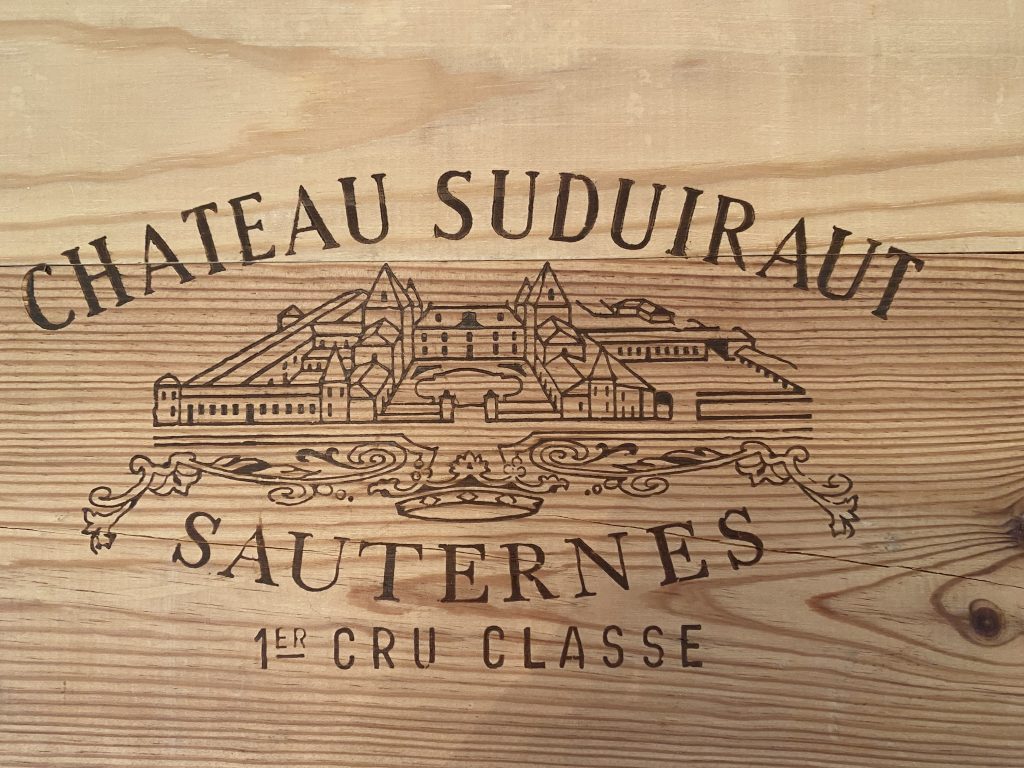 Château Suduiraut
Château Suduiraut (Sauternes; 100% Sémillon; a final yield of 11.3 hl/ha; 130 g/L of residual sugar; pH 3.83; 13.9% alcohol; 50% new oak; tasted with Pierre Montégut at Château Pichon Baron). Light gold with those lovely green highlights indicating a fresh vintage with plenty of natural acidity. I love that the first note here is lime and confit lime – this is a wine of a peculiar freshness for the vintage. A little vanilla pod. Lanolin. Pink grapefruit. A little scorched pineapple and fresh ginger. Grapefruit sorbet. Tense and lithe and fresh. Rich and full but never at all too much. A brilliant wine with a wondrously scrunchy acidity that grips this in mid-palate and rotates, like squeezing the water out of a wet towel – fabulous. This reminds me of the 2007, but with more zing! Orange zest and Bergamot marmalade on the finish.
96-98.
Château La Tour Blanche (Sauternes; 80% Sémillon; 15% Sauvignon Blanc; 5% Muscadelle; a final yield of just 6.5 hl/ha; 133 g/L of residual sugar; 13.5% alcohol; tasted at the UGC press tasting at the Cité du Vin). Lanolin, butterscotch,
beurre noisette, white pear and the texture of its skin. Highly concentrated and dense and viscous on the attack, with lots of residual sugar and only just enough freshness to counter it – it comes from the roast and scorched pineapple notes that I really love here. Almost like some 2022s, it’s more the bitterness of burnt sugar than the acidity of the citrus that brings energy and ultimately harmony to this wine. But there is harmony nonetheless. A little lime zest on the finish helps hold this together. This signs off very well and it’s very long.
92-94.
For full appellation-by-appellation reviews, see here:
St-Estèphe, Pauillac,
Saint-Julien,
Margaux, Haut-Médoc & left bank satellite appellations (Listrac-Médoc, Médoc, & Moulis-en-Médoc),
Pomerol,
Saint-Émilion, ‘
satellite’ appellations of Saint-Émilion (Lussac, Montagne & St Georges),
Pessac-Léognan & Graves rouge,
Pessac-Léognan & Graves white, and
Sauternes & Barsac.
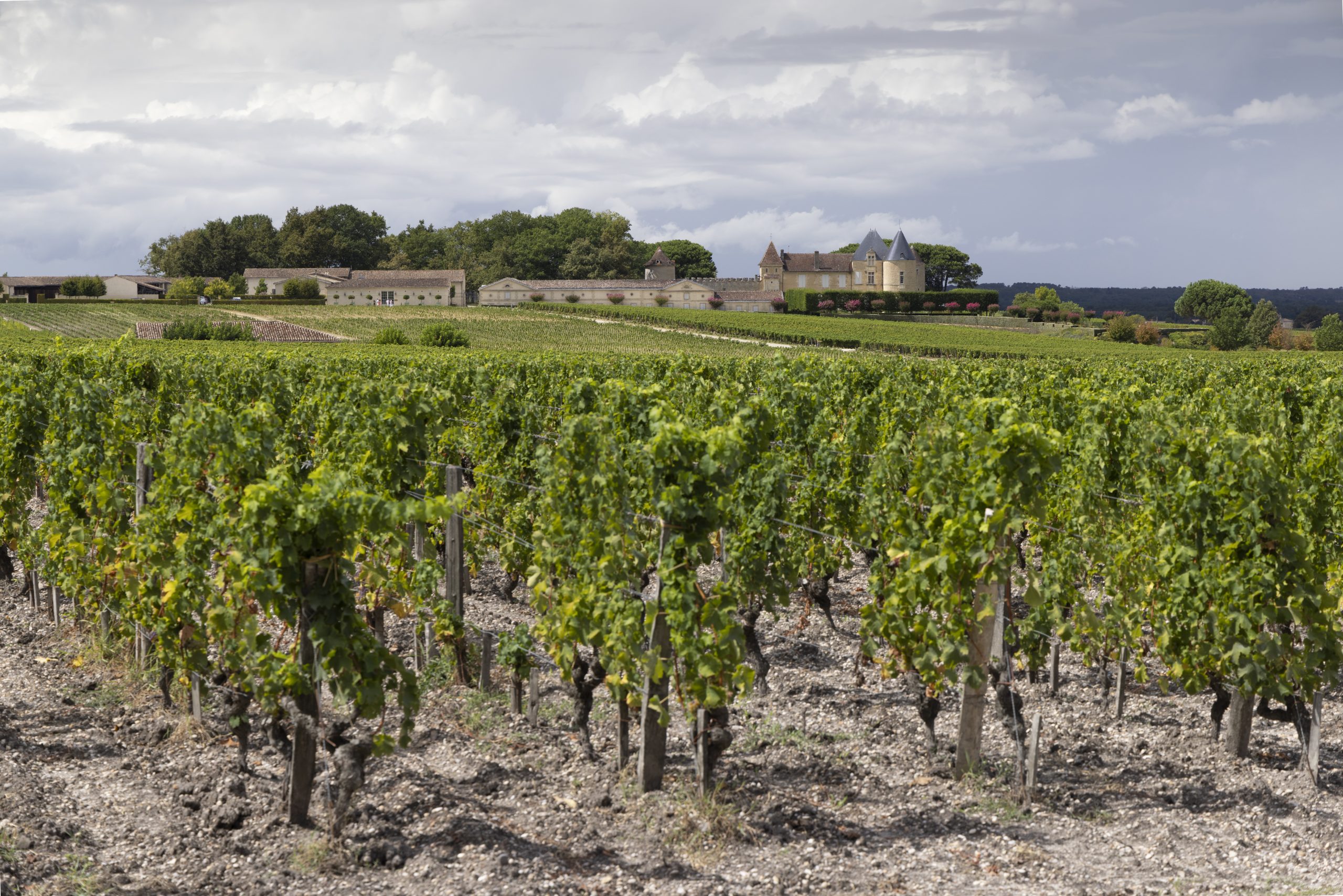
 Château Suduiraut (Sauternes; 100% Sémillon; a final yield of 11.3 hl/ha; 130 g/L of residual sugar; pH 3.83; 13.9% alcohol; 50% new oak; tasted with Pierre Montégut at Château Pichon Baron). Light gold with those lovely green highlights indicating a fresh vintage with plenty of natural acidity. I love that the first note here is lime and confit lime – this is a wine of a peculiar freshness for the vintage. A little vanilla pod. Lanolin. Pink grapefruit. A little scorched pineapple and fresh ginger. Grapefruit sorbet. Tense and lithe and fresh. Rich and full but never at all too much. A brilliant wine with a wondrously scrunchy acidity that grips this in mid-palate and rotates, like squeezing the water out of a wet towel – fabulous. This reminds me of the 2007, but with more zing! Orange zest and Bergamot marmalade on the finish. 96-98.
Château La Tour Blanche (Sauternes; 80% Sémillon; 15% Sauvignon Blanc; 5% Muscadelle; a final yield of just 6.5 hl/ha; 133 g/L of residual sugar; 13.5% alcohol; tasted at the UGC press tasting at the Cité du Vin). Lanolin, butterscotch, beurre noisette, white pear and the texture of its skin. Highly concentrated and dense and viscous on the attack, with lots of residual sugar and only just enough freshness to counter it – it comes from the roast and scorched pineapple notes that I really love here. Almost like some 2022s, it’s more the bitterness of burnt sugar than the acidity of the citrus that brings energy and ultimately harmony to this wine. But there is harmony nonetheless. A little lime zest on the finish helps hold this together. This signs off very well and it’s very long. 92-94.
For full appellation-by-appellation reviews, see here: St-Estèphe, Pauillac, Saint-Julien, Margaux, Haut-Médoc & left bank satellite appellations (Listrac-Médoc, Médoc, & Moulis-en-Médoc), Pomerol, Saint-Émilion, ‘satellite’ appellations of Saint-Émilion (Lussac, Montagne & St Georges), Pessac-Léognan & Graves rouge, Pessac-Léognan & Graves white, and Sauternes & Barsac.
Château Suduiraut (Sauternes; 100% Sémillon; a final yield of 11.3 hl/ha; 130 g/L of residual sugar; pH 3.83; 13.9% alcohol; 50% new oak; tasted with Pierre Montégut at Château Pichon Baron). Light gold with those lovely green highlights indicating a fresh vintage with plenty of natural acidity. I love that the first note here is lime and confit lime – this is a wine of a peculiar freshness for the vintage. A little vanilla pod. Lanolin. Pink grapefruit. A little scorched pineapple and fresh ginger. Grapefruit sorbet. Tense and lithe and fresh. Rich and full but never at all too much. A brilliant wine with a wondrously scrunchy acidity that grips this in mid-palate and rotates, like squeezing the water out of a wet towel – fabulous. This reminds me of the 2007, but with more zing! Orange zest and Bergamot marmalade on the finish. 96-98.
Château La Tour Blanche (Sauternes; 80% Sémillon; 15% Sauvignon Blanc; 5% Muscadelle; a final yield of just 6.5 hl/ha; 133 g/L of residual sugar; 13.5% alcohol; tasted at the UGC press tasting at the Cité du Vin). Lanolin, butterscotch, beurre noisette, white pear and the texture of its skin. Highly concentrated and dense and viscous on the attack, with lots of residual sugar and only just enough freshness to counter it – it comes from the roast and scorched pineapple notes that I really love here. Almost like some 2022s, it’s more the bitterness of burnt sugar than the acidity of the citrus that brings energy and ultimately harmony to this wine. But there is harmony nonetheless. A little lime zest on the finish helps hold this together. This signs off very well and it’s very long. 92-94.
For full appellation-by-appellation reviews, see here: St-Estèphe, Pauillac, Saint-Julien, Margaux, Haut-Médoc & left bank satellite appellations (Listrac-Médoc, Médoc, & Moulis-en-Médoc), Pomerol, Saint-Émilion, ‘satellite’ appellations of Saint-Émilion (Lussac, Montagne & St Georges), Pessac-Léognan & Graves rouge, Pessac-Léognan & Graves white, and Sauternes & Barsac. 









